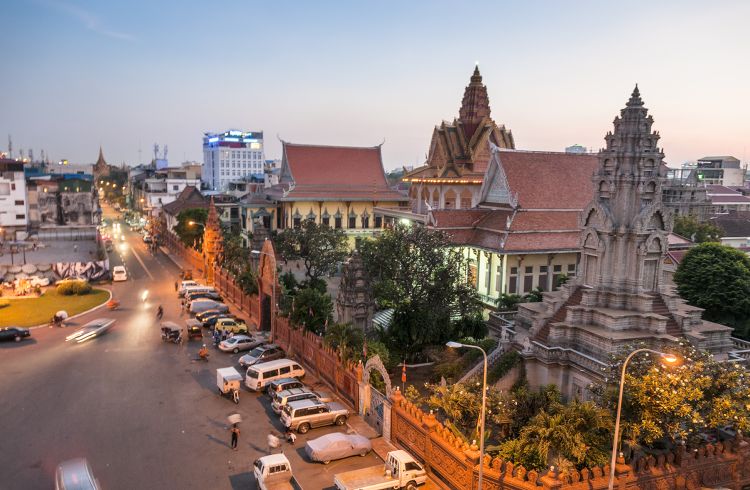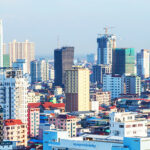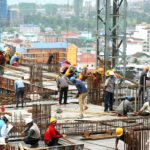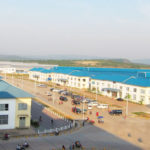
29 Aug Cambodia Overview
Over the past two decades, Cambodia has undergone a significant transition, reaching lower middle-income status in 2015. Authorities aspire to attain upper middle-income status by 2030. Driven by garment exports and tourism, Cambodia’s economy has sustained an average growth rate of 7.7% between 1995 and 2018, making it among the fastest-growing economies in the world. As global demand peaked in 2018, economic growth is estimated at 7.5%, compared to 7% in 2017 and is expected to remain robust over the medium term.
Poverty continues to fall in Cambodia. According to official estimates, the poverty rate in 2014 was 13.5% compared to 47.8% in 2007. About 90% of the poor live in the countryside. While Cambodia has achieved the Millennium Development Goal (MDG) of halving poverty in 2009, the vast majority of families who escaped poverty did so by a small margin. Around 4.5 million people remain near-poor, vulnerable to falling back into poverty when exposed to economic and other external shocks.
Health and education both remain important challenges and development priorities for Cambodia.
Cambodia has made considerable strides in improving maternal and child health, early childhood development, and primary education in rural areas. The maternal mortality ratio per 100,000 live births decreased from 472 in 2005 to 170 in 2014, the under-five mortality rate decreased from 83 per 1,000 live births in 2005 to 35 per 1,000 live births in 2014 and infant mortality rate decreased from 66 per 1,000 live births in 2005 to 28 per 1,000 live births in 2014.
Despite the progress in health and education outcomes, human capital indicators lag behind. A child born in Cambodia today will be only 49 percent as productive when grown as she could be if she enjoyed complete education, good health and proper nutrition during childhood. 1 in 3 children under the age of five suffer from stunting and only 36 percent of three-to-five-year-olds are enrolled in early education.
Cambodia’s most recent Demographic and Health survey (2014) indicates 32% (or approximately 500,000) of children under five are stunted. While net enrollment in primary education increased from 82% in 1997 to 97% in 2016, lower secondary completion rates, at 57% in 2017, are significantly below the average for lower middle-income countries. As of 2015, 25% of Cambodia’s population (3.8 million people) do not have access to improved water, and 44% (6.8 million people) did not have access to improved sanitation.
Key reforms are needed for Cambodia to sustain pro-poor growth, foster country’s competitiveness, sustainably manage natural resource wealth and improve access to and quality of public services. Cambodia continues to have a serios infrastructure gap and would benefit from greater connectivity and investing in rural and urban infrastructure is essential. Further diversification of the economy will require fostering entrepreneurship expand the use of modern technology and build new skills to address emerging labor market needs. Accountable and responsive public institutions will also be critical to meeting the evolving needs of citizens and the private sector. And quality of human capital will be of utmost importance to achieve Cambodia’s ambitious goal of reaching a middle-income economy status by 2030.
Last Updated: Apr 11, 2019
Source: World Bank[/vc_column_text][/vc_column][/vc_row]





